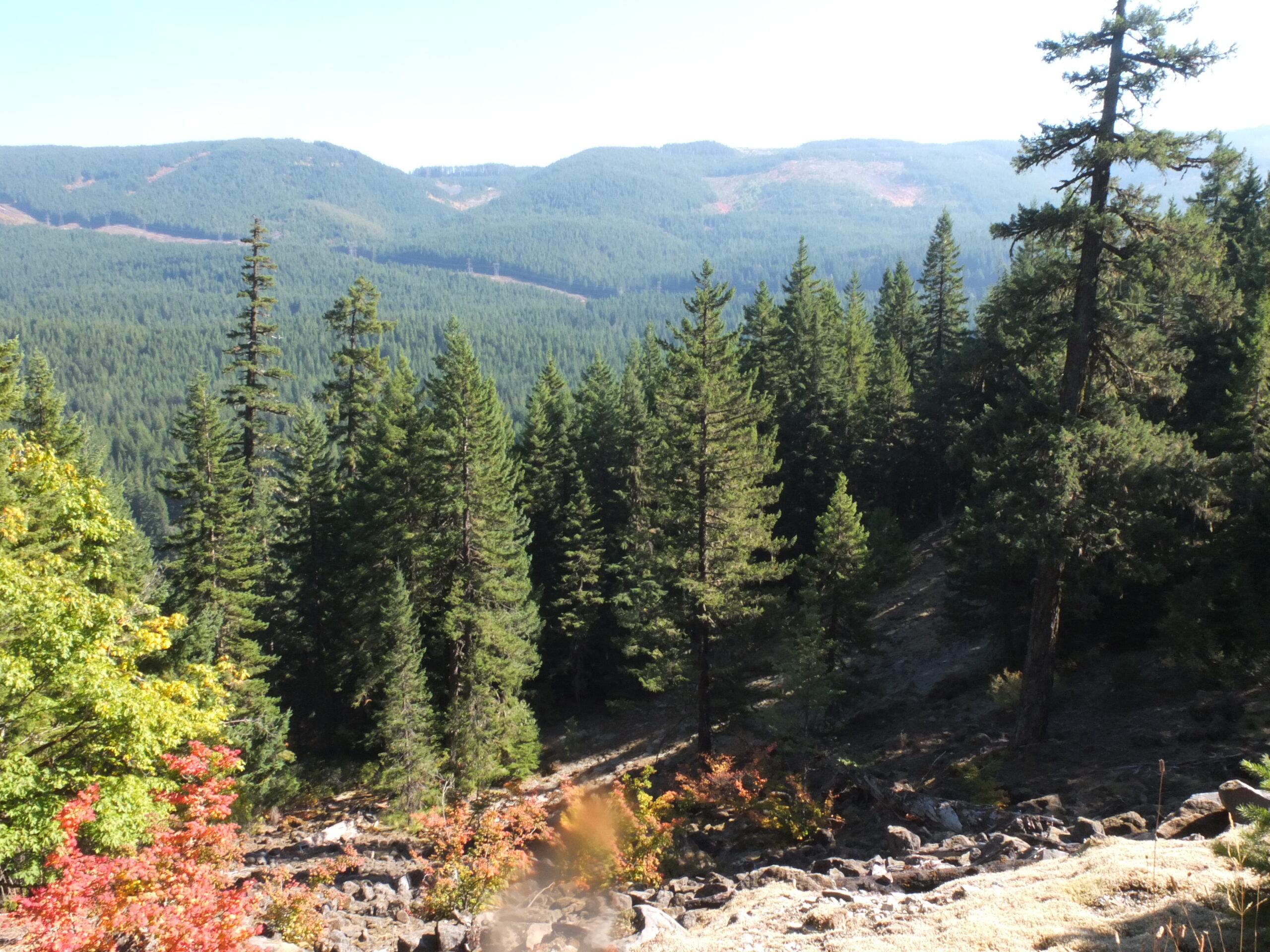Red Hill Timber Sale

Red Hill would log 1,700 acres just East of Lost Lake. The project was part of a collaborative group process in which Bark participated. We initially believed the controversial Huckleberry Enhancement Units were dropped from the sale following the collaborative process. These units would have proposed to heavily thin older and native forest to just 30 canopy closure. While we did see a reduction in the scope of Red Hill from 3,000 acres to 1,700 acres, we learned the absence of Huckleberry Enhancement Units in Red Hill is because they have been incorporated into the Lava Tiber Sale, not because the Forest Service has decided not to log them. Additionally, we have concerns with Forest Health Units that would log older, native forest in order to reduce a perceived threat of disease from the balsam wooly adelgid, an insect that attacks true firs. After groundtruthing the “Forest Health” units we found a very low frequency of fir trees, which leads us to believe the adelgids’s threat in Red Hill is unfounded.
Red Hill is one of three newly proposed sales that are situated adjacent to one another, covering a massive stretch across the north of Mt. Hood National Forest. The two other sales are Polallie-Cooper and Lava. We hope the Forest Service will investigate the cumulative impacts of logging that could total upwards of 7,000 acres.
Resources for Comment-Writing
Associated Files